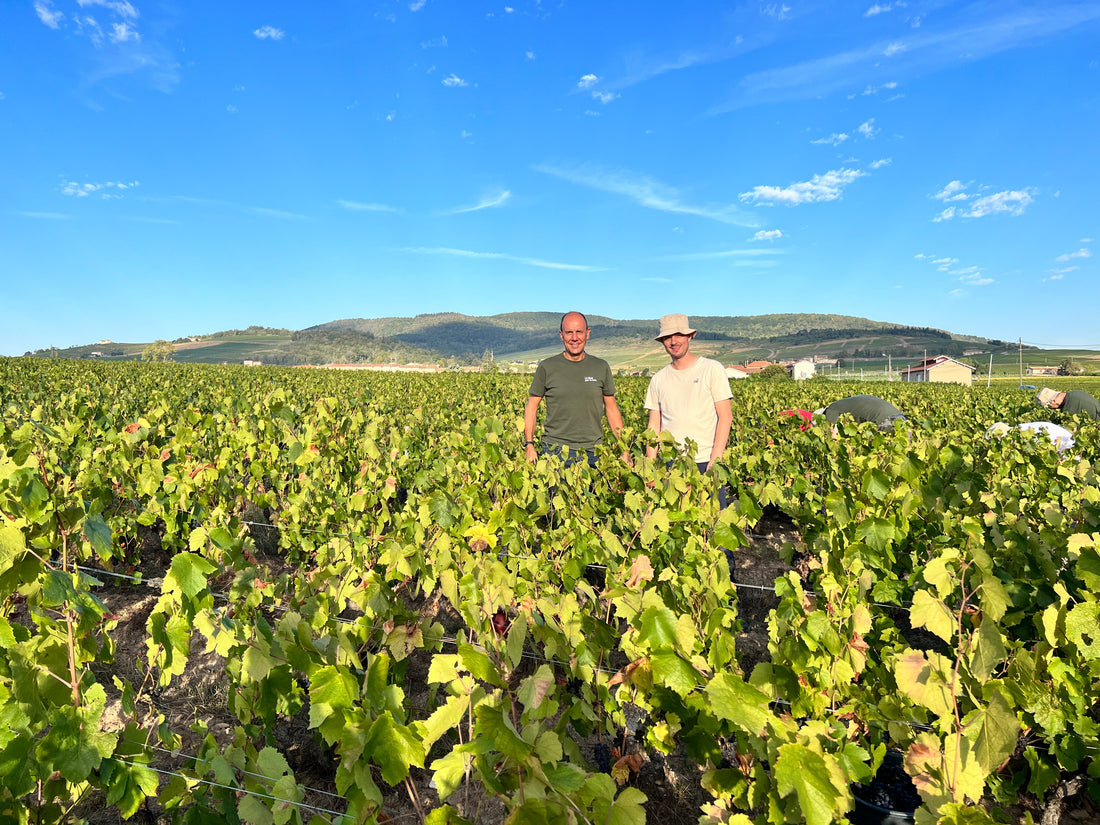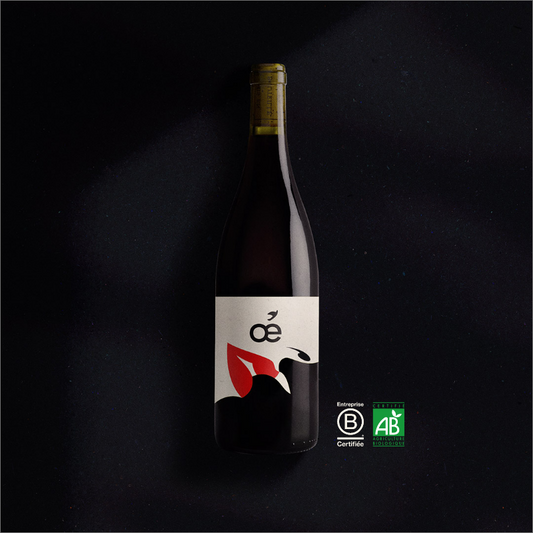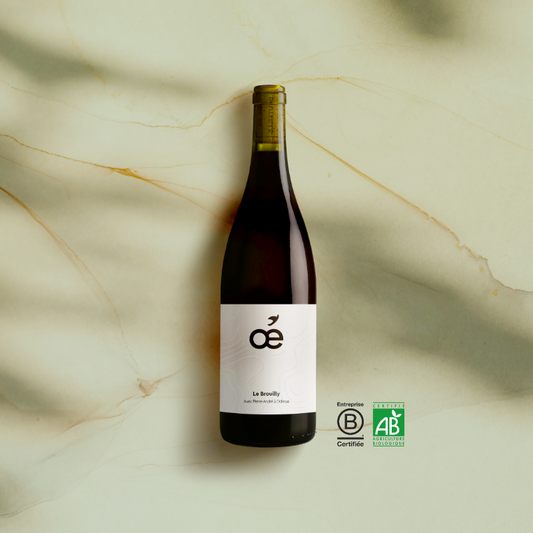The King of Burgundy… and beyond! Small round red berry, small magic ball giving probably the greatest wines of the planet… This wine grape gives in any case the wines that amateurs and collectors snap up at sometimes dizzying prices….
Oé: do good with good, uncork good organic wines!
A true terroir pump, this grape variety gives very different results depending on where it is planted. When it is exploited with reason, the varietal side (character specific to the grape variety) disappears to let the land speak, the work of the parent, the profile of the vintage...
First of all, there is the raw material and the production method:
1 — Sparkling Pinot Noir
Berry with red skin, which can be exploited in white. Indeed, in champagne in particular, we operate with a so-called direct pressing. In other words, the skin does not macerate in the juice, which prevents its coloring. We thus speak of the famous “blanc de noirs” in opposition to blanc de blancs, white champagne (neither red nor rosé) made from white grape varieties (mainly chardonnay).
2 — Pink Pinot Noir
Depending on the maceration time chosen, the color will be pink, as in Marsannay, not far from the very famous Gevrey-Chambertin. Incidentally, the Marsannay appellation is the only village AOC (attached to the name of a village as its name suggests) in Burgundy to exist in rosé.
3 — Pinot noir… red of course!
All of wine-growing Burgundy (including Beaujolais) authorizes the planting of this grape variety. It is even the king of red wines, which offers magical, captivating aromas, from wilted rose to morello cherry, gamey notes to oriental spices... It can give a wine of thirst, festive as one pleases, or wines of incredible longevity, structured, virile. To age and reserve for privileged moments.
The long experience of the coopers now makes it possible to adapt the design of the barrels according to each wine, each parcel. It is a work of goldsmith, with a selection of the best oaks and a precise toasting (action of “burning” the wood of the barrels).
The Cortons are often massive and austere in youth; the wines around Volnay or Vosne-Romanée are renowned for their incomparable finesse. But beyond these typical profiles, the intervention of the man, even if he does not seek to compartmentalize his wine in a “style”, will bring his “leg”. Just as each painter holds, presses, directs his brush, the line becomes unique.
4 — In red, but elsewhere…
We must not forget the rest of France. The Sancerre, the Menetou-Salon from the Loire Valley and Alsace also give very interesting wines. Pinot Noir is even deployed in Auvergne, for some very original results, on volcanic soils.
Pinot Noir from Oregon and California reinvents itself every year, often largely inspired by our French gems (chauvinism obliges). Austria, Northern Italy, have soils where it particularly likes. Switzerland, which consumes almost all of its wines itself, keeps secrets of great wine nobility.
To conclude, Pinot Noir delights in cold soil, requires attention, patient ageing, gentle extraction (the color and tannins that are extracted from the skins) and of course passion and work. Its infinite refinement promises it a bright future.





